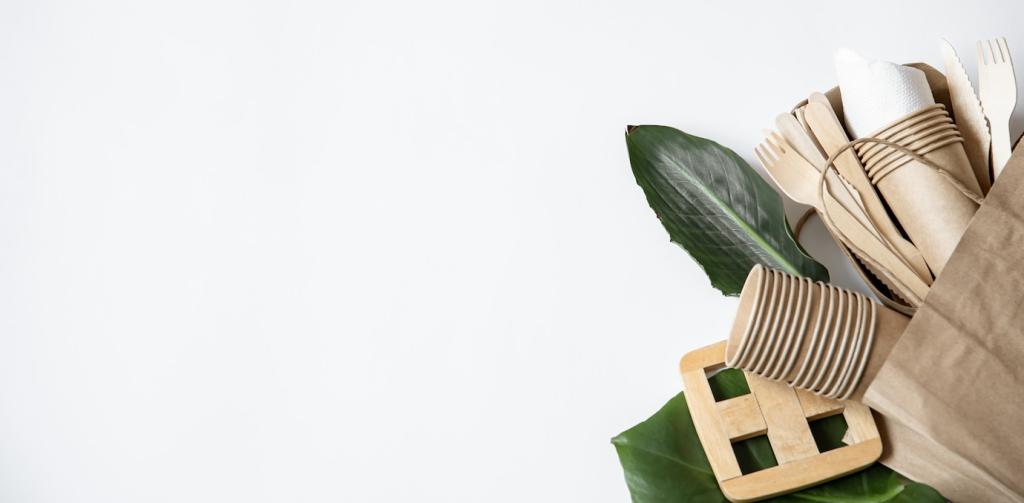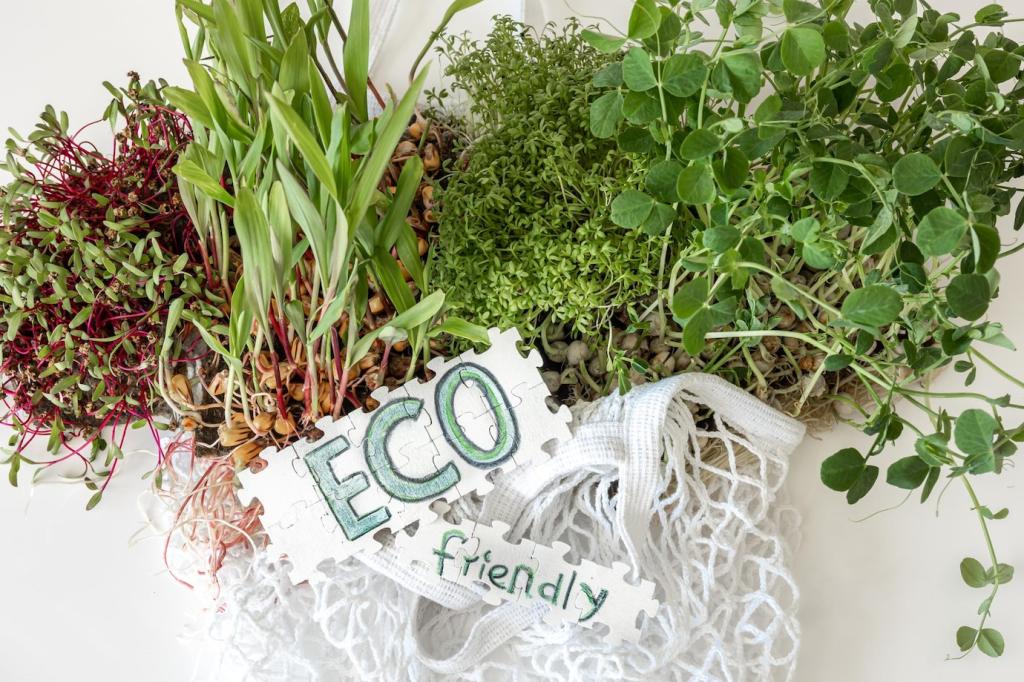Shine Naturally: Eco-Friendly Furniture Polishing Methods
Chosen theme: Eco-Friendly Furniture Polishing Methods. Welcome to a breathable, planet-minded way to keep wood radiant—practical recipes, careful techniques, and heartfelt stories that honor craftsmanship, indoor air quality, and the forests that give us timber.
Green Ingredients That Make Wood Glow
Food-grade linseed (flaxseed) oil and walnut oil polymerize into a protective sheen, feeding thirsty grain without plasticizing it. Fractionated coconut oil adds slip and clarity. Use light, thin coats to avoid tackiness and dust capture.


Green Ingredients That Make Wood Glow
Beeswax brings warmth and repairability; carnauba adds hardness and higher gloss. Vegan-friendly blends pair carnauba with candelilla for a firm, durable finish. Melt gently, mix with oils, and pour into tins for long-lasting, eco-friendly balms.
Preparation: The Toxin-Free Polishing Ritual
Begin with a dry microfiber dusting to lift grit that can scratch under pressure. For sticky spots, use diluted castile soap with distilled water, then dry thoroughly. Avoid soaking edges and joints, where moisture can swell wood fibers.






Health and Indoor Air Benefits
Conventional sprays often rely on petroleum distillates. Plant oils, beeswax, and minimal ethanol reduce VOC loads dramatically, especially when mixed fresh. The result is a quieter scent profile with the same satisfying clarity and depth of shine.
Health and Indoor Air Benefits
Use essential oils sparingly or skip them entirely. Some pets are sensitive to strong aromas. Fragrance-free blends still polish beautifully, keeping nurseries, playrooms, and shared spaces comfortable while honoring eco-friendly furniture polishing methods.
Sourcing and Sustainability
Ethical ingredients and low-waste packaging
Choose local beeswax from responsible apiaries, fair-trade plant oils, and certified organic options when possible. Store blends in reusable amber glass, label clearly, and buy in bulk to cut waste without compromising quality or transparency.
Kitchen-to-wood upcycling ideas
Infuse vinegar with saved citrus peels for gentle pre-polish cleaning. Repurpose soft, worn cotton tees as buffing cloths. Keep dark cloths for dark woods to avoid lint visibility, and always wash, dry, and reuse to minimize landfill contribution.
Waste less with mindful storage and safety
Mix small batches to keep oils fresh and reduce rancidity. Store cool and dark. Lay oily rags flat to dry safely in open air—polymerizing oils can self-heat. Dispose responsibly, honoring eco-friendly furniture polishing methods and household safety.
Stories and Community Spark

A reader revived her grandmother’s oak table using a flaxseed oil and lemon-infused vinegar blend. As the grain brightened, family recipes surfaced too, proving that gentle care can reveal both wood and memory with equal tenderness.
